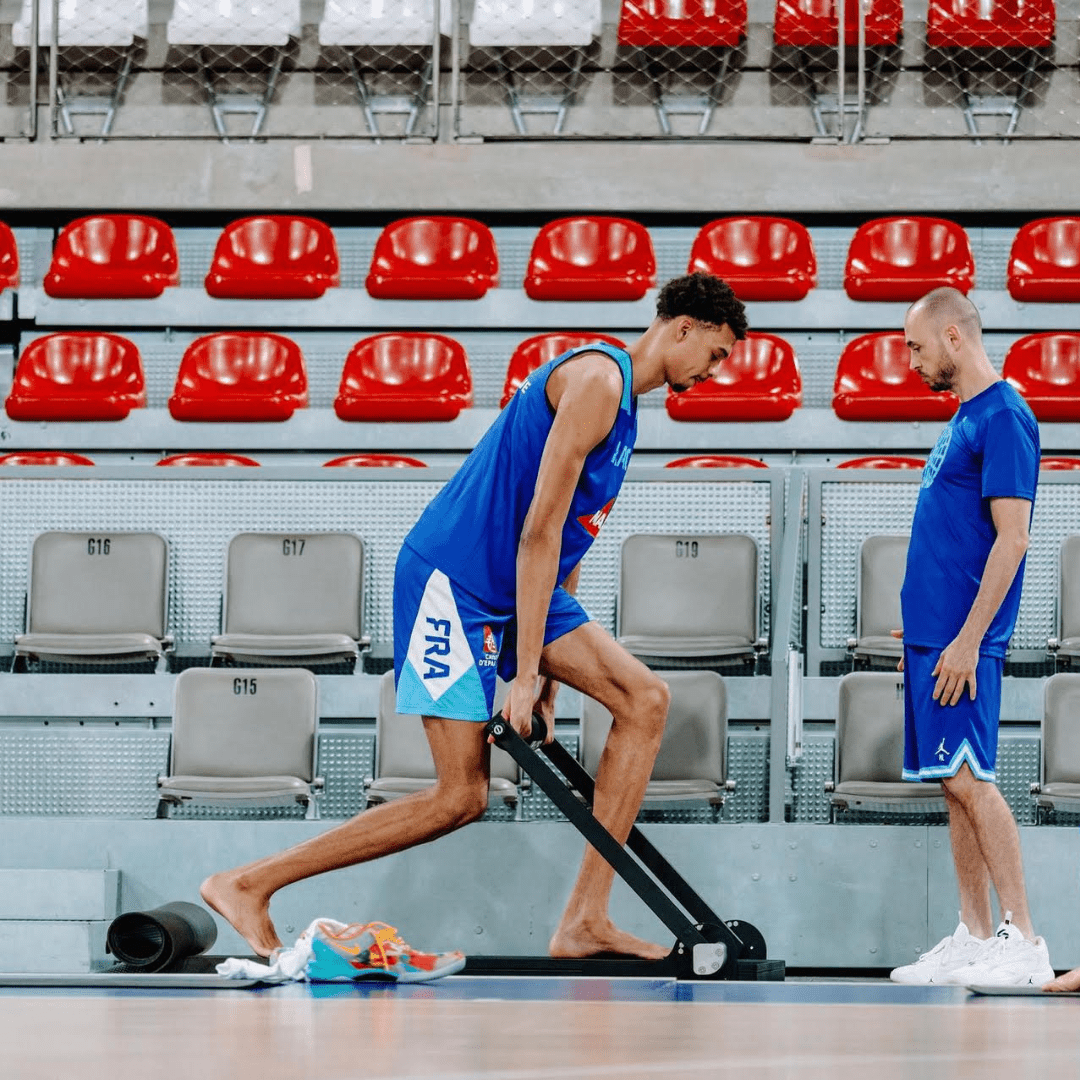Have you heard of the Oblique Popliteal Ligament?
Don’t worry, most people haven’t. This complex but crucial ligament plays an essential role in maintaining stability in the knee joint.
The Oblique Popliteal Ligament is a broad, flat, and triangular band located at the back of the knee. It adds significant stability by reinforcing the posterior aspect of the knee joint. Despite its importance, it's often overlooked during discussions about knee health and fitness.
To understand the role of this ligament, they stabilize joints connecting bone to bone. Now imagine stretching a coiled spring. The spring, like our ligament, has very low elastic properties. If you repeatedly or rapidly stretch this spring, it can lead to permanent deformation, altering its original function. The same can happen with the Oblique Popliteal Ligament (or any other ligament) when excessively or rapidly stretched, such as during hamstring stretches.
The American Academy of Orthopaedic Surgeons classifies a Grade 1 ligament injury as a slight stretching of the ligament. This mild stretch might seem harmless but over time, it can gradually destabilize the knee joint, leading to potential injuries and long-term damage. Similarly, overstretching the Oblique Popliteal Ligament can result in changes to its structure and function, causing instability in the knee joint and increasing the risk of injury.
Instead of excessive stretching, strategically designed end range isometric muscle contractions can be a safer alternative. By focusing on the elongated and shortened end ranges, these exercises can help maintain knee stability and reduce the risk of permanently altering the structural makeup of ligaments and other supporting structures. (See below)
Here are 60 Lower Body Isometric Strength Training Exercise Tutorials for You.
Remember, the knee region is supported by approximately 15 ligaments, all of which play vital roles in stability and mobility. While the Oblique Popliteal Ligament is only one of these, maintaining its integrity, along with that of the other ligaments, is crucial for overall knee health and function.
Always seek professional advice before undertaking new exercise routines, especially if you have a history of knee injuries. By implementing an isometric strength training strategy, we can help ensure the long-term health and stability of our knees.
For more information on isometric strength training and its significant impact on functional health and performance, visit our website at www.Isophit.com or reach out to me at brad@isophit.com.
Yours in Isometric Strength,
Brad Thorpe
CEO / Inventor
Isophit










Share:
Isophit: The “Cheat Code” for Fat Loss
Isophit: What is the Flexor Hallucis Longus? And, why you should care.